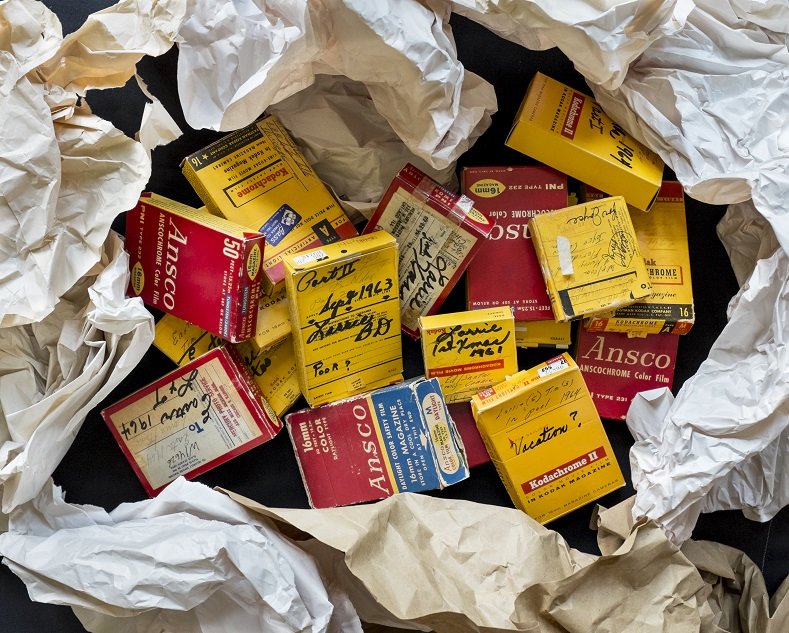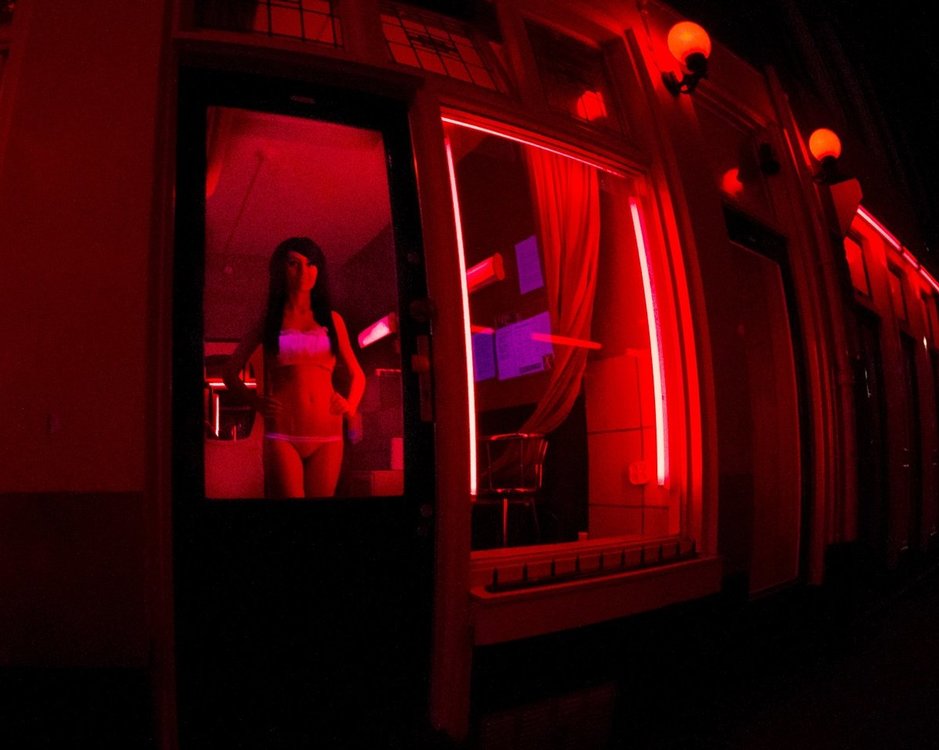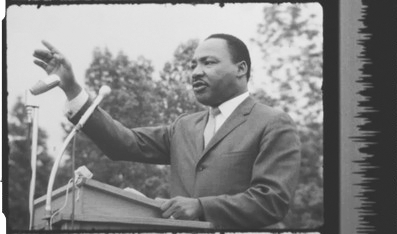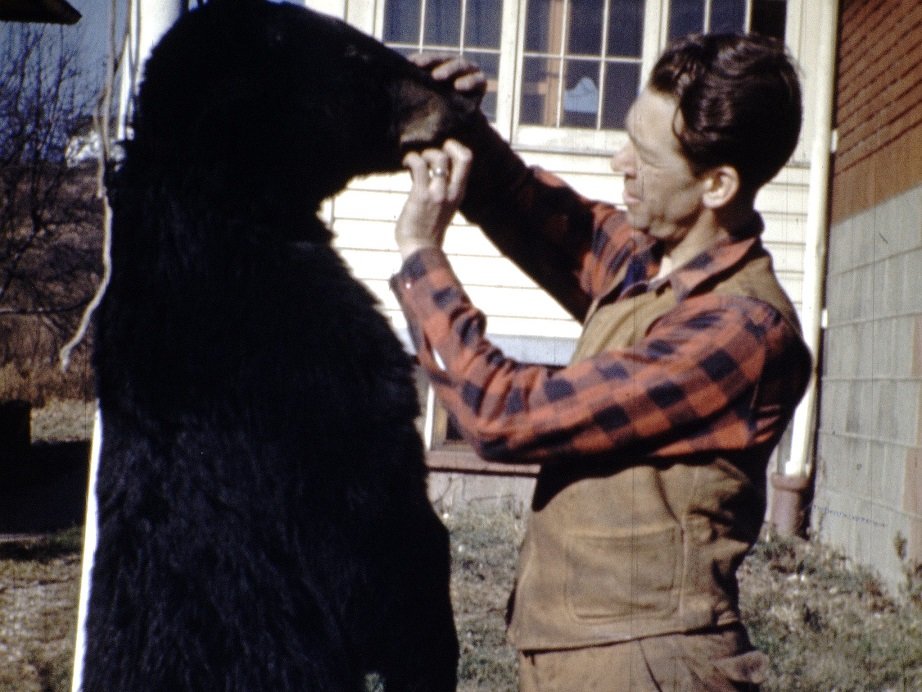-
Posts
2,777 -
Joined
-
Last visited
Everything posted by Daniel D. Teoli Jr.
-
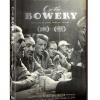
Film is the cheapest part of the equation
Daniel D. Teoli Jr. replied to Daniel D. Teoli Jr.'s topic in Off Topic
I thought about asking for $, but the crowdfunding says no porn and about 40% to 60% of the archive is ancient stag films. I got a Retroscan scanner that does OK, but not the best. I keep buying lotto tickets so I can buy a Lasergraphics as well as a house or office to put the Lasergraphics in. But so far lotto is no cooperating. Many people have never seen a projected film. They can get mesmerized by it. When I was in grade school they would take us into the parish hall on Fridays and show us some 16mm films. One day, in Jr. college they wheeled in a cart with TV and VHS and that was the end of 16mm. -
'Pig in a poke' films don't go for much. .75 to $1.50 a roll on average in big lots. Film is the cheapest part of the equation with collecting time capsule films. Rarer films that contain interesting or historical content and are well described, may go for $30 to $100+ a reel. The problem is this...a $20 film lot like is shown here will cost thousands of $$ to get digital scanned....if you don't have a scanner.
-

Scene in the Darkroom - Practical or DI?
Daniel D. Teoli Jr. replied to Seppe Van Grieken SBC's topic in Post Production
OP...dunno. This was the redlight in Amsterdam. (Candid) Photo is sharper, but had to reduce it for forum. You should be able to adjust it some to fine tune your likes. I pushed this about 1-1/2 stops, but this red is what it looked like with little manipulation for color. You could always try a mix of lights or gels. Do a series of lightning tests and post the results. Would be interesting to see. -
Impressive English! That is right, keep making em. Sometimes one project leads to another project. I call them 'offshoots.' In my own case, I have dozens of offshoot projects that came out of previous projects. Also expose yourself to all sort of venues. You never know what will give you an idea for a project.
-
I like shooting people, but I don't like dealing with / talking with people. So that limits me with people vids. I do lots of candid work with still photos, but that is about it. Maybe I can get into candid video work. I'd like to try that M43 Pocket cam someday. There was a homeless guy on 5th Ave eating dirt with a spoon from a tree that was growing there. That would have made some interesting filming, but you have to be prepared and I wasn't. I've taken to making videos off of Instagram. It is a dream for the social documentarian. You can get into the lives of all sort of people. OK, it is not as good as getting into their homes and life. But they wont let me in anyway and I don't know em in the first place. I wanted to make a video on a IG account called 'House of Fatties,' but looks like they banned them. I have a few vids I'm working on for acne and stretch marks on IG. I can get the idea and shoot the video in 5 - 10 minutes. It is my fault I waited 2 weeks to do the fatties. But lost track and boom they are gone. Those are the type of vids I like to make....fast! I could never do traditional video or film work. You have to be very anal and patient for film work. I was at the Santa Monica Pier one time watching em make a movie. I waited about 15 - 20 minutes and they did absolutely nothing. That was my ADD limit, and forced at that, so I moved on. Also have to be a good technician, again anal. I am pretty good at tech, for candid street work, but when it comes to studio work, I'm not that anal. A good cinematographer is akin to the large format still photogs with 8 x 10 view cams. Both are cut from the same cloth. Do you have any ideas for your next vid?
- 10 replies
-
- short film
- twist
- (and 6 more)
-

The joy of making underground films
Daniel D. Teoli Jr. replied to Daniel D. Teoli Jr.'s topic in Off Topic
You have to stay on top of this stuff. I waited a few weeks to make a video on an Instagram account I liked, then poof, they were banned and everything is gone overnight. I was first clued into the ephemeral nature of the Internet many years ago while watching a video on YouTube at lunch. I got through half of it and was going to finish on lunch break the next day. When I went to the link YT had removed the video for copyright issue. It was just a video on some art galleries. I guess the galleries didn't want their art on YT. -
Interesting 9 minute audio telling the story of how throwaway ephemera plays a part in understanding and preserving history. "A history of the modern world as told by everyday throwaway ephemera" https://archive.org/details/AHistoryModernWorldThrowawayEphemeraPRI
-
Everyone has a philosophy of 'why' they press the button. Here is Weegee's take on it... https://archive.org/details/WeegeeTellsHow
-

Lossy test...31 generations of JPEGS compared
Daniel D. Teoli Jr. replied to Daniel D. Teoli Jr.'s topic in Post Production
To add some manipulations I extended the test to 32 generations, reducing and then enlarging the 32nd gen JPEG. If you manipulate an image enough you will be successful in degradation. But this test was done simply to show how importing and exporting a JPEG affected the image over many generations. -

Lossy test...31 generations of JPEGS compared
Daniel D. Teoli Jr. replied to Daniel D. Teoli Jr.'s topic in Post Production
Well, I work in many areas Perry and am limited in what I can spend in any one area. I have to try to balance my budget. I have a number of hard drives already. But they add up in $$. You have working drives, back-up drives, off-site drives, etc. I have to budget to buy postage stamps when I send out promotional mailers, so can't just spend on whatever I want to. -

Lossy test...31 generations of JPEGS compared
Daniel D. Teoli Jr. replied to Daniel D. Teoli Jr.'s topic in Post Production
8bit is all I've ever used Perry. It works fine for my prints and for digital online. I don't make billboards, but it works for 17 x 22 size and maybe bigger. And in reality I just print 11 x 14 or 13 x 17. Another problem with going big bit size is space. 16bit is too much for me to work with for storage. I can't afford tape drives or huge RAID and NAS setups Perry. Take the cyanotype I used in the example. The original 800 dpi TIFF scan cropped was 97mb. The uncropped version full bleed to edges was 151mb in a 24 bit color scan. For the same scan in 48 bit color it is 303mb. That size of file is too big for me. I got hundreds of thousands of images, I could never begin to store those size files on my budget. And some of my scans are a lot higher dpi than 800. There is an interesting difference if you go the Internet Archive link and look at both low res images without clicking on them. There are 2 small dots at the bottom of the image. Click on the dots and it toggles between the gen 1 and gen 31 images. The 31st gen jpeg has lines in it. But when you click on the photo and it brings up the hi res version there are no lines. Maybe if it was printed in 40 x 60 inches the 31 gen file may have lines in it...who knows? What is your explanation of this phenomena? -

Lossy test...31 generations of JPEGS compared
Daniel D. Teoli Jr. replied to Daniel D. Teoli Jr.'s topic in Post Production
Do you mean crop and enlarge the image each generation? For my own work I settle on the size first and seldom change it. Only burning and dodging usually change, sometimes sharpness and contrast. Have you done testing on this, if so lets see it. -
Lossy test...31 generations of JPEGS compared https://danieldteolijrarchivalcollection.wordpress.com/2019/05/01/31-generations-of-jpegs-compared/
-
With true, on-the-fly doc work, if you come back with 60% to 70% of what you are after it can be a success. (And even less % in some cases.) Just look at the Zapruder film for the lowest of the low IQ...yet some of the highest documentary value film every shot. No time for lighting and film tests with this type of work. I've never tried the 4K M43 Pocket Cam, but I'd like to someday. I prefer small cam for doc work....candid doc work that is...not interviews.
-
Short video on Rick Prelinger and wife on the work they do with preserving history via 8mm / 16mm film archive and Prelinger Library. https://www.pbs.org/newshour/show/filmmaker-unearths-historical-treasures-in-home-movies Love his Lost Landscape series! Unbeknownst to Rick's work, I got started a few years ago along this same wavelength. I knew they had movie film collectors, but nothing along the work that Rick does in this concentrated area of home movies. I call my collection of home movies 'time capsule' material and have about half a million feet in it. But it is not all home movies. I also collect early stag films or anything that I deem as noteworthy. The problem with adult content is you cannot put it on mainstream streaming venues. So they are Internet Archive films. Still trying to learn the ropes of movie film and digitizing. I just got started with a Retrsoscan scanner trying to digitize this stuff. I had previously collected still photos and ephemera from the last 2 centuries in my Archive, then expanded to small gauge films. My background is in hi-level candid / underground still photography and knew nothing about motion picture film. But every day you learn new things and put more of the puzzle together. Film is fascinating stuff, I could easily spend 10 lifetimes on it and never get bored. Every time I peel some film off an unknown reel to see what is there...it is like Christmas when I was a 10 years old! Only problem with film is it is a $$ sucking activity to work in. Still photography is bad enough, but film magnifies the $$ needs massivley.
-
Artist Georgia O'Keefe did a little nude modeling when she was a young gal. I would never have recognized her. NSFW https://www.artsy.net/article/artsy-editorial-alfred-stieglitzs-sensual-photographs-georgia-okeeffe-reveal-vulnerability
-
- nude
- georgia okeefe
-
(and 1 more)
Tagged with:
-
https://usc-imi.github.io/aeo-light/ Have not tried it. But sounds good if all you have is a silent film scanner and need to capture the sound. I was going to run sound film through a projector to capture it, but projection always carries a risk.
-

The Retroscan does a pretty good job...
Daniel D. Teoli Jr. replied to Daniel D. Teoli Jr.'s topic in Post Production
Someone on the Forum dismissed the Retroscan as nothing more than a toy, implying it as useless. The Restroscan is no toy, it can produce usable scans, much better than a Wolverine for example. If you are a pixel peeper demanding the best quality scans, then you won't be happy with the scans. But for my use, it works out O.K. Now, if I hit the lotto I will buy a Lasergraphics scanner for my archival work. With the Lasergraphics I'd also have to buy a house or rent an office to house it. No room here. The Retroscan is a small footprint scanner measuring 12 x 15 inches at the base. But for a scanner that cost less than the on site set up cost for a Lasergraphics, the Retroscan is a good tool for the budget conscious small gauge film archivist. The company that makes them said they sold 15,000 units worldwide. I have never seen a used one come to market as yet. I guess the users are satisfied enough with them. And if not satisfied, nothing anywhere near the price range for them to buy anyway. -

The Retroscan does a pretty good job...
Daniel D. Teoli Jr. replied to Daniel D. Teoli Jr.'s topic in Post Production
Here is the 16mm bear hunting film scanned on a Retroscan 2K scanner. They hunt bear, deer and rabbits. Possibly shot in PA or the Tri-State Ohio Valley area, but could be anywhere in the mid-Atlantic / East Coast region. 'Atlantic White Flash' gas station sign clearly visible. The home movie that was spliced together with scotch tape. Parts of the film were suffering from vinegar syndrome and warped. Lots of breaks and blown sprocket holes. Some nice vintage Kodachrome color footage mixed in with the BW. Much of the color is remarkably good. Kodak changed the recipe for Kodachrome in 1938 and most of it has held up pretty good in dark storage. Prior to '38, most of the Kodachrome has color shifted. Film stock codes (color and BW) date the film as 1939. 16mm Kodachrome had an ASA rating of 10. That made it pretty hard to shoot at dusk or dawn. Some of the footage in the film is greatly underexposed and had to be pushed in the scan to view the images. All scans raw, except for some of the underexposed BW film which was pushed. I was going to work on Bushman's Holiday, an 'art student' nudie film with narration from the 1940's. But the sound film has all clear film sprockets as opposed to black film sprockets. The standard Retroscan will not scan clear sprockets well, so will have to wait for the Lasergate. I'm itching to get going with sound scans. It is like a puzzle putting it all together. -
Perry, the Retorscan is the only thing that is a somewhat affordable option in film scans. Sure, it is not great, but it is quite doable for low budget archives looking for a 2K scan. The Retroscan cost less than the on-site set up and training for the Lasegraphics. So of course it only does so much. It does scans in TIFF or JPEG, but I don't see any difference in the TIFF other than huge size. But, lets get back to your problem you seem to have understanding the benefits of upscaling. I made a post that explains how upscaling can work to one's advantage. You can't post anything like this here due to the photo size limits on the forum. I explain in detail how I use upscaling. https://danieldteolijrarchivalcollection.wordpress.com/2019/04/27/to-upscale-or-not-upscale/
-

The Retroscan does a pretty good job...
Daniel D. Teoli Jr. replied to Daniel D. Teoli Jr.'s topic in Post Production
I did some experimenting with TIFF scans vs JPEG. I scanned a 232 foot 16mm mixed reel of a 1939 bear hunt of Kodachrome and BW. The scan produced 9,219 files. TIFF = 77.5 GB and JPEG = 17.2 GB. The individual files varied, but averaged 9GB for TIFF and 1.98 for JPEG. The TIFF vs JPEG showed no difference in viewing. Raw scan If you have a scanner it is very easy to bang out films as raw scans. Although prep and cleaning of the vintage film takes time. This one took over an hour for repairs and cleaning. Tons of breaks, scotch tape splices, etc.



